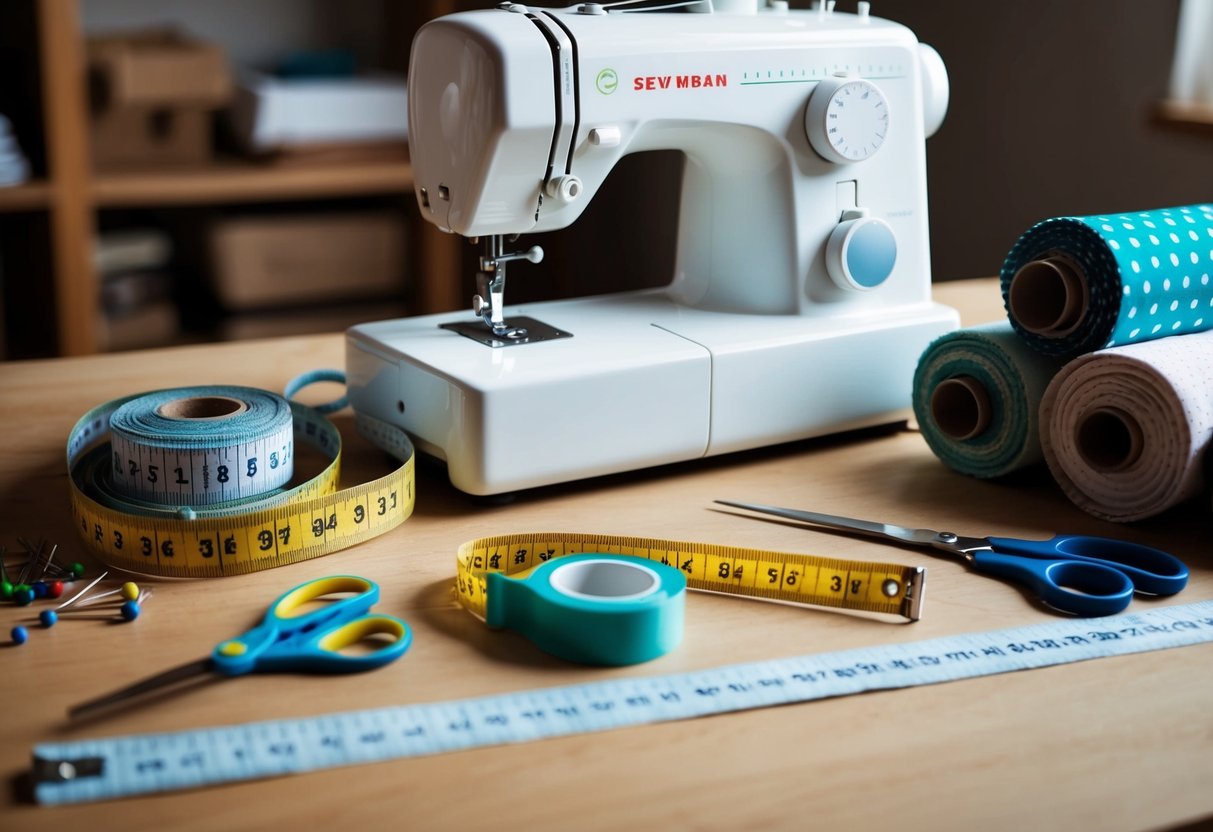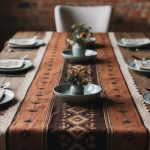Creating Custom Curtains: A DIY Seamstress’s Guide
Creating custom curtains is a rewarding project for anyone interested in sewing and home décor. With a variety of fabrics and designs to choose from, transforming a living space with personalized window treatments is within reach for both novice and experienced seamstresses. This guide will lead readers through the process of crafting their own curtains, offering valuable tips and techniques.
Selecting the right fabric is crucial for curtain-making. Considerations such as light-blocking qualities, texture, and color can significantly impact the overall look and functionality of the curtains. Accurate measurements and careful cutting ensure that the new curtains hang perfectly.
Investing time in learning different sewing techniques can enhance a curtain’s style and durability. Whether adding pleats, hems, or decorative trims, each step offers an opportunity to infuse creativity and personal taste into the project. With patience and the right tools, anyone can create custom curtains that complement their home beautifully.
Essential Tools and Materials

Creating custom curtains involves selecting the best fabric, finding a suitable curtain rod, and understanding lining options. These elements are crucial for achieving the desired aesthetic and functionality of the curtains.
Choosing the Right Fabric
Choosing the perfect fabric is a pivotal step in curtain-making. It involves considering factors such as weight, texture, and ease of maintenance. Options include cotton, linen, silk, or polyester blends, each offering different strengths. For instance, linen provides a natural, airy feel, while silk brings elegance. Fabrics available at a quality fabric store often indicate their suitability for curtains with labels such as “medium-weight” or “heavy-duty.”
Heavier curtain fabric is ideal for providing insulation and privacy, whereas lighter materials allow natural light to filter through. Matching thread is necessary to ensure the seams blend seamlessly. It is essential to pre-wash fabric to prevent shrinkage. The correct choice will directly impact the appearance and durability of the finished product.
Selecting a Curtain Rod
The selection of a curtain rod is more than just a decorative decision. It’s fundamental to the functionality and appearance of the curtains. Various styles are available, from traditional wooden rods to sleek metal designs. The rod should complement the overall decor of the room. Additionally, the length and diameter of the rod are critical factors to consider.
Drapery hardware, such as mounting brackets, is essential for securely fixing rods in place. The rod’s durability is as important as its style, especially for heavier drapery. Measurements should be precise, allowing the curtains to hang naturally. Investing in quality hardware will ensure that your curtains are both beautiful and functional.
Understanding Lining Options
Lining options can significantly influence the function and aesthetic of curtains. Drapery lining adds an extra layer, enhancing insulation and privacy. Common lining materials include cotton, polyester, and blackout options. Blackout lining is particularly beneficial for blocking light and reducing energy costs, making it perfect for bedrooms.
The choice of lining should align with the purpose of the curtains. For rooms requiring less light, lightweight lining might suffice. Conversely, for complete privacy and light control, blackout lining is recommended. Selecting the appropriate lining ensures that the curtains meet aesthetic preferences while also providing functional benefits.



